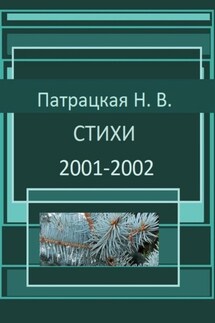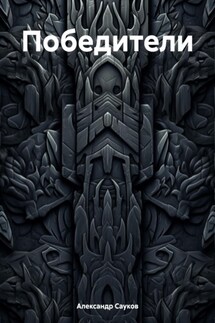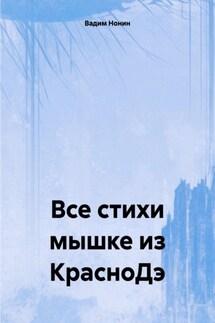Аккорды нового тысячелетия. Accords for New Millenium - страница 4
В центре самовыражения – этически и эстетически должное.
В диалогической философии – это путь Платона. Собственно в поэзии – пути Данте, Шекспира, Гёте.
Поэзия через метафоры гносеологии объединяет образы естественных и гуманитарных наук. Пример тому – Леонардо да Винчи.
В современную эпоху духовно-планетарного становления наиболее полным социальным носителем метафорических энергий является английский язык, выступающий в роли мирового межнационального и технологического выразителя научно-конструкторского и информатического мышления.
Как поэт, причастный к этому выразительному средству, через Шекспира, эзотерическую романтику Эдара По, я ощущаю особую соотнесенность английского и русского языков, которая проявляется в поисках инвариантного воплощения информационного поля, устремлённости к мыслящему универсуму.
Но это и есть сущность поэзии как выразителя личной, национальной, земной, и космической жизни.
A Few Preliminary Words
Poetry is the most ancient type of expression of human thought and feelings.
Poetry means choosing probable out of existing things according to the criteria of informative metaphoric value. This is my creed in poetry.
Poetry is a constant development; updating and as such (as in music) it leads to a necessary concentration of metaphoric energies. Exchange of poetical experience is a long established tradition of human culture and civilization that needs constant development.
Here follow some fragments from my collection of poetry “Demiurge”, published in Moscow in 1993. Strictly speaking this is not just a translation but presentation of invariant reflections of metaphors in various periods of my life. The English version may be treated as an experiment, an attempt to widen sense and style, to broaden the dynamics of poetry using more comprehensive potentialities of Anglo-Russian bilinguals.
I express deep gratitude to my colleagues in the New Millennium – to Umut Kemelbokova and Igor Kolossov for their assistance and confidence in me and my ability to achieve a possible stylistic enrichment of metaphoric energy at the expense of the “Third party” (maybe even unknown to the author) unexpectedly for the author revealing itself as a kind of strong inspiring factor.
Our planet is a thinking living entity; it belongs to every manifestation of life and thought. The research of cross-cultural parallels is vital for human self-identification and survival. The metaphoric systems are immanent parts of the planetary civilization and culture. They are spiritual bridges between historical ancient eidetic and modern imagery. They tend to spiritualize probabilities, to attribute soul to a multitude of possibilities.
This correlation is typical for poetry of the Ancient Greece, China, Iran/Persia, England, Germany, Russia, Spain, France, Portugal and Japan. Every poetry-lover knows various examples of the interaction of traditional and innovatory models.
At the beginning of the XX century a prominent Russian researcher of thinking processes P.D.Uspenskiy wrote: “A short poem can live for centuries and preserve its life inspiring quality. It can contribute to the life of hundreds of people. Pay attention how much potential energy could be found in a small poem by Pushkin or Lermontov. This energy affects not only people’s feelings but also its very existence affects their will. …It is obvious that each poet’s thought contains a great amount of potential energy, similar to the potential of a piece of coal and a living cell. But the former is incomparably finer, lighter and more powerful. This wonderful correlation of the phenomena means that the further the phenomenon is from all visual and tangible, i.e. the further it is from matter, the more implied power the phenomenon possesses, the greater amount of energy it can free and the less it depends on time”. (Uspenskiy P.D. Tertium organum. S.Peterburg 1911, p. 101) This Uspenskiy formula can be applied to poetry as such, especially if compared to other sub-systems of classical culture.








